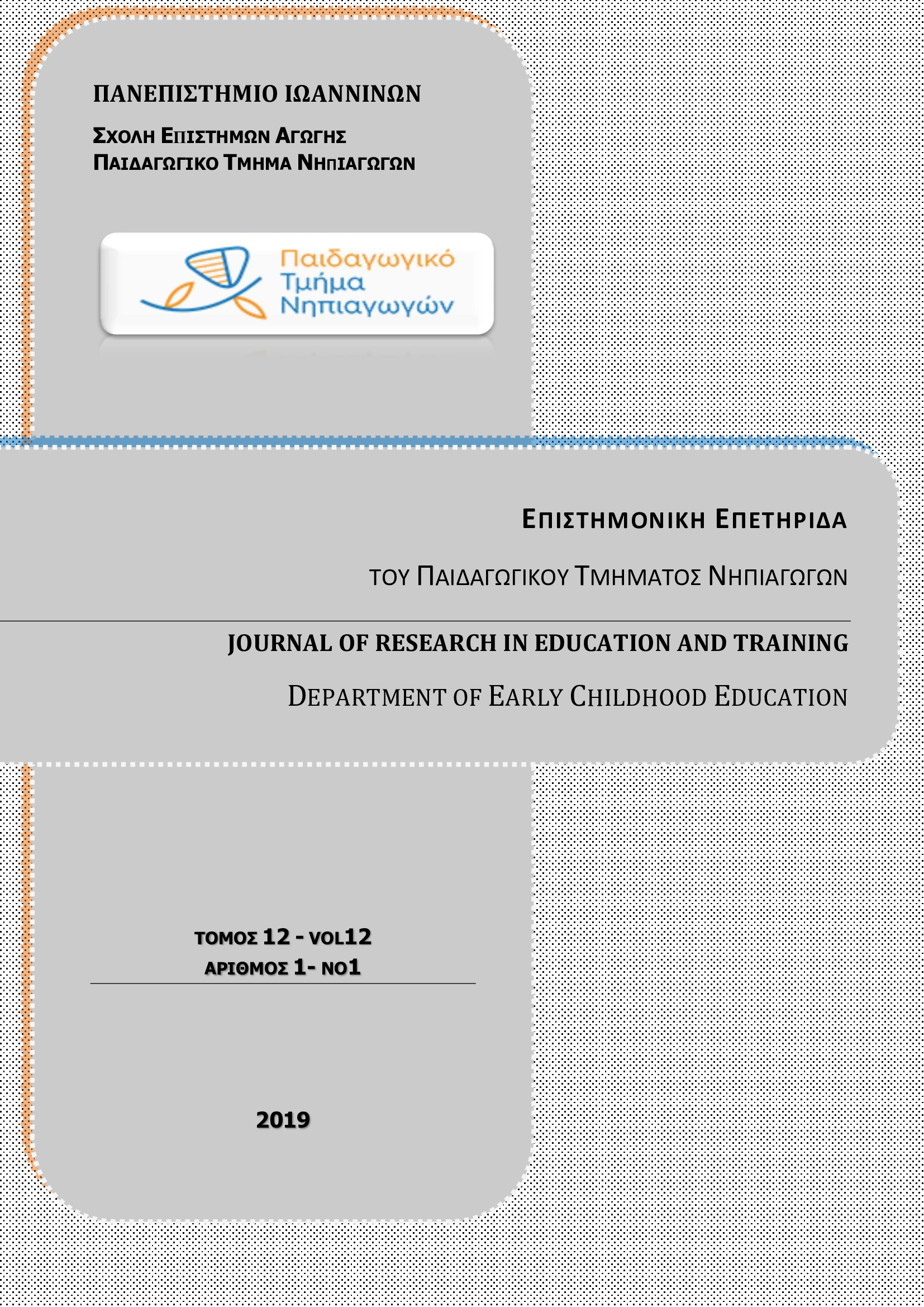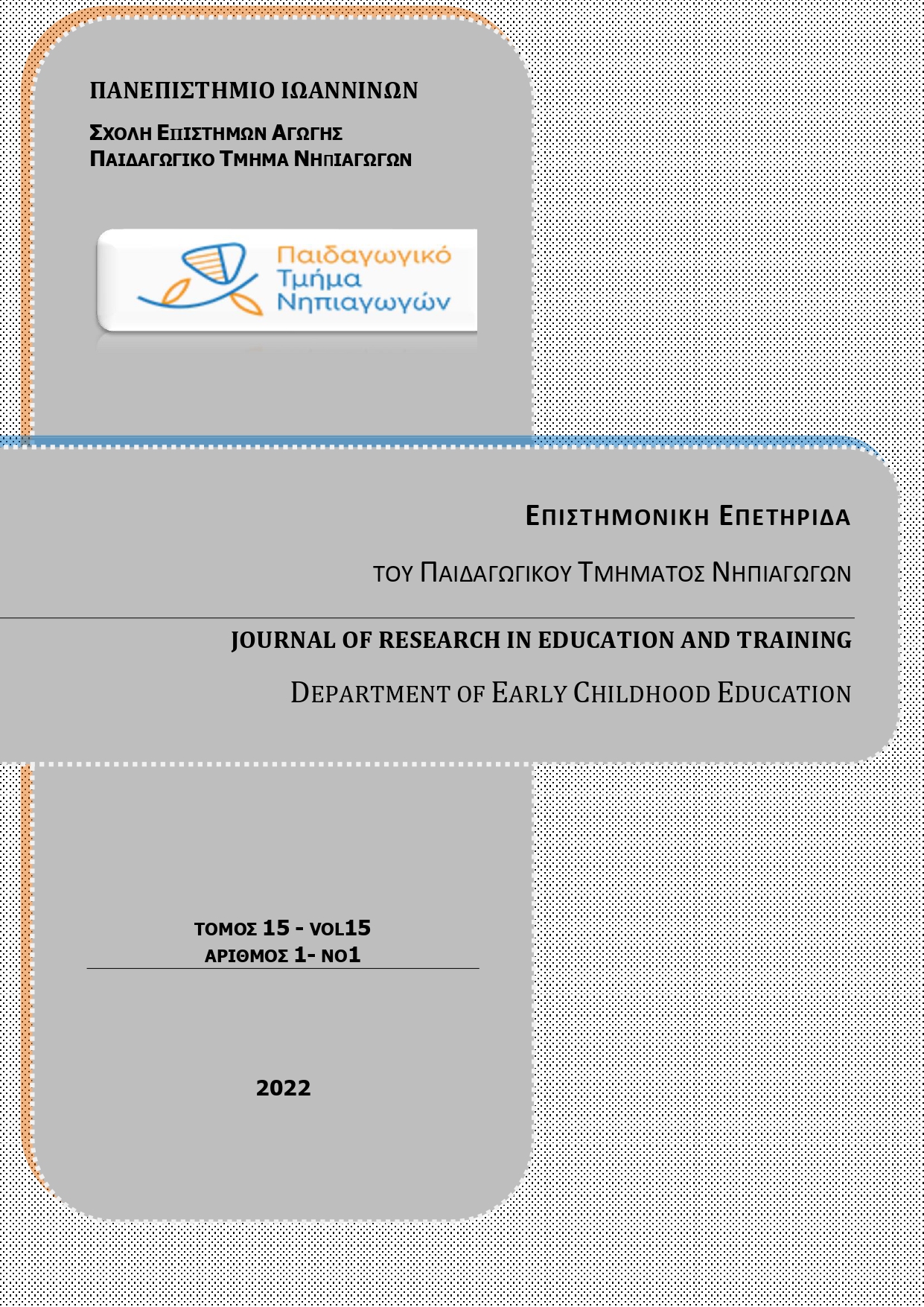Linguistic stereotypes in pop culture texts for children: A diachronic analysis of linguistic codes in Disney animated films

Abstract
Disney animated films have a great impact on children. However, despite their ‘light’ and entertaining character, they play an important ideological role as they convey social and linguistic messages to children, through which they acquire specific images of language and the world (e.g. Giroux 1994, Lippi-Green 1997). In the present study, we look at the linguistic choices adopted for the representation of fictional characters in Disney animated films dubbed in Greek, from a diachronic perspective. Adopting the framework of Androutsopoulos (2012) for the analysis of the sociolinguistic style of television and film fictional discourse, the linguistic repertoire of six Disney animated films was examined. The analysis showed that, in all the films, the speech of the characters is constructed by drawing on specific linguistic codes. So, for instance, the use of colloquial style ensures the immediacy, simplicity and authenticity of the characters for young children. However, we observe that some linguistic codes are associated with specific characters, reproducing linguistic and social stereotypes. For example, street language is associated with lower social status (in older movies) or funny characters (in the newer movies). Finally, in the latest films, a wider variety of linguistic codes is depicted, which mostly belong to non-standard linguistic styles, which characterizes the media of postmodernity (e.g. Coupland 2009).
Article Details
- How to Cite
-
Στάμου Α., & Τσώτσου Β. (2019). Linguistic stereotypes in pop culture texts for children: A diachronic analysis of linguistic codes in Disney animated films. Journal of Research in Education and Training, 12(1), 95–133. https://doi.org/10.12681/jret.18411
- Issue
- Vol. 12 No. 1 (2019)
- Section
- Articles

This work is licensed under a Creative Commons Attribution-NonCommercial-ShareAlike 4.0 International License.
Authors who publish with this journal agree to the following terms:
- Authors retain copyright and grant the journal right of first publication with the work simultaneously licensed under a Creative Commons Attribution Non-Commercial License that allows others to share the work with an acknowledgement of the work's authorship and initial publication in this journal.
- Authors are able to enter into separate, additional contractual arrangements for the non-exclusive distribution of the journal's published version of the work (e.g. post it to an institutional repository or publish it in a book), with an acknowledgement of its initial publication in this journal.
- Authors are permitted and encouraged to post their work online (preferably in institutional repositories or on their website) prior to and during the submission process, as it can lead to productive exchanges, as well as earlier and greater citation of published work (See The Effect of Open Access).



